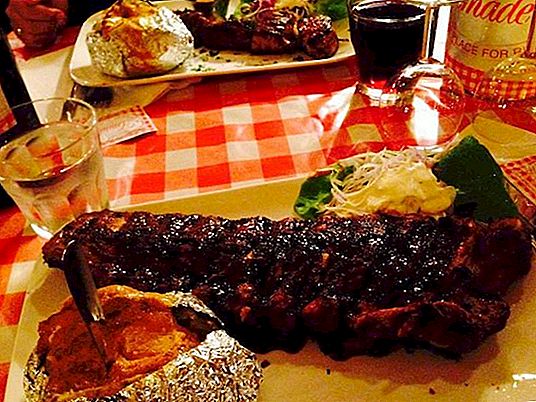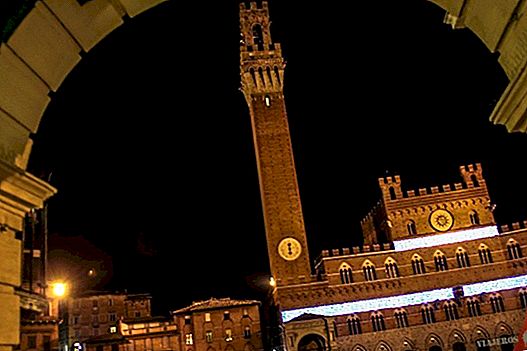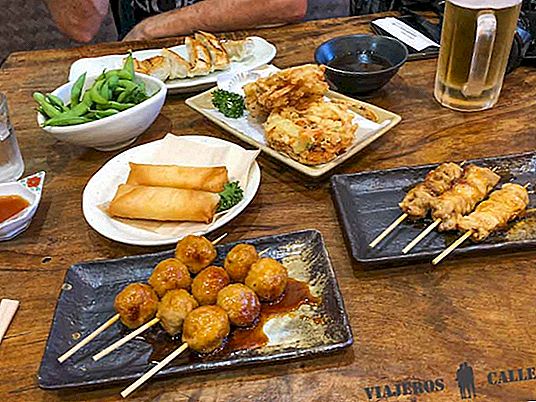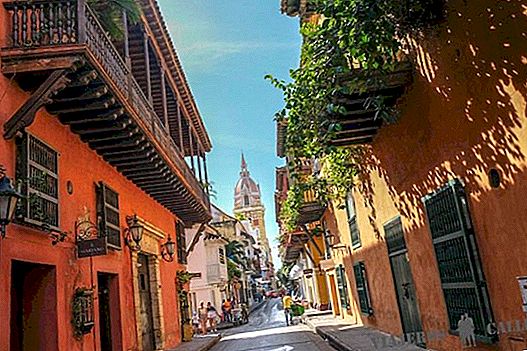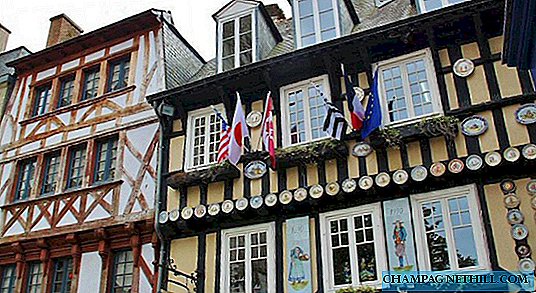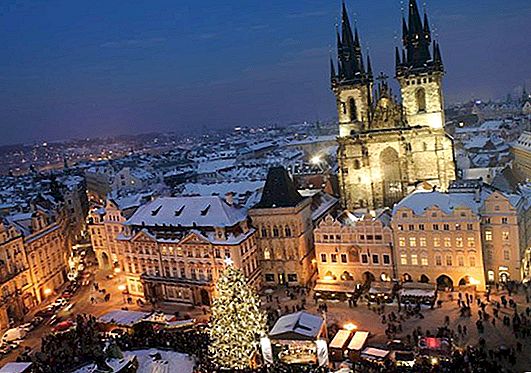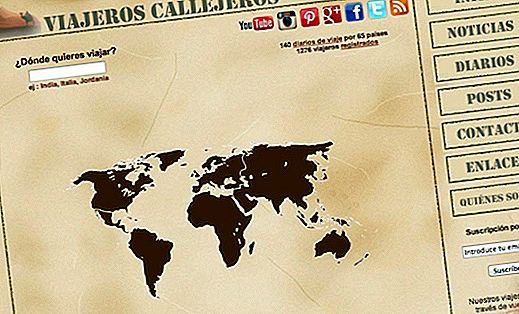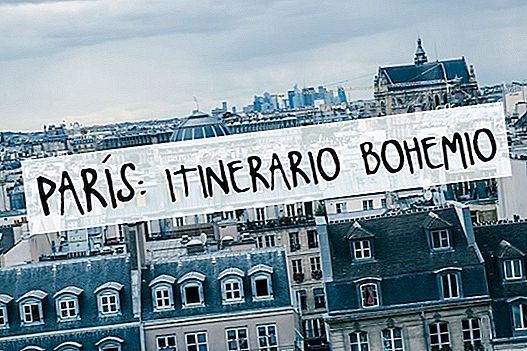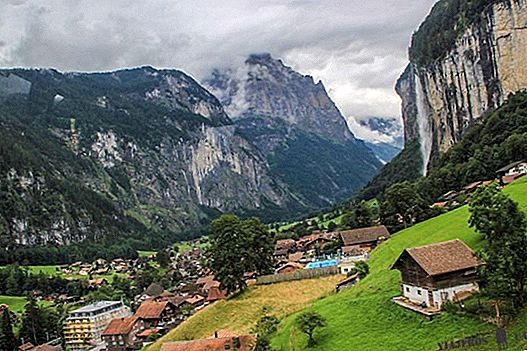With this guide of tips for traveling to Switzerland We want to facilitate, as far as possible, the organization of your trip to one of the most fascinating countries in the world. With landscapes of heart attack, cities in which it will seem that time has stopped, exquisite cuisine and people who are infinitely friendly, we are sure that Switzerland will become an unforgettable destination.
Based on our experience of the trip to Switzerland in 5 days we leave you a selection of those we believe, are 10 essential tips for traveling to Switzerland. We start!
1. What is the best time?
Although as we always say, any time is recommended to travel to most destinations, yes we recommend taking into account certain aspects of the weather, so that your trip to Switzerland is at the best time and you can enjoy it to the fullest.
- High season (July and August and from December to April): although as you can see they are very different times, both are considered high season. The summer months are the most recommended if you want to make a route through Switzerland and the winter months, the most appropriate if you want to practice winter sports.
- Mid season (from April to June and September): these months can be perfect for traveling to Switzerland as long as the weather is maintained and spring is not rainy.
- Low season (from October to March): These months of the year are the least indicated to make a route through Switzerland, since the weather is not the most benign, lowering prices in a considerable way in most hotels and being closed many of the most tourist establishments.
Remember that if you want to visit Switzerland in the middle of summer or during a festive season, even in winter, it is advisable to book flights, accommodation and transport in advance, to have more alternatives and more adjusted prices.
2. Entry requirements
If you are a Spanish or EU citizen (European Union), in addition to Norwegian and Icelandic citizens, you can enter Switzerland only with your ID or passport. You can stay in the country 90 days, although very rarely it is something that is checked in the passport since the stamps are not usually stamped.
If you have another nationality, we recommend you check with the Ministry of Foreign Affairs to be able to have all the updated information.
Another thing to keep in mind, if you are going to make a route by car through Switzerland, is that until recently you could cross into neighboring countries without problems, something that is currently not possible. Value it especially if you are going to make an itinerary through several countries or you are going to make a route through Alsace, in France, entering Switzerland, as is usual in many cases.
In addition to the commented input documentation, another of the tips for traveling to Switzerland More importantly, do not forget to take the European Health Card with you so that if necessary, you can be treated at any public hospital.
Remember that in addition to this card, if you want to have medical care in the best hospitals and that a repatriation is included if necessary, it is highly recommended to take the best travel insurance for Europe.
We always travel insured with Mondo, with whom we carry a totally adequate insurance to the needs that we will have on the trip. Hiring your insurance here with Mondo, just for being a Street Travelers reader, you have a 5% discount.

3. Security
In general we can say that Switzerland is one of the safest countries in the world in which even, we assure you, you will see little police, although this is usually present in the most tourist places and in some situations, I could ask you for documentation, so it is important to always carry an identification with you.
Despite this, it is advisable, as in any other destination, to travel with common sense and especially in very busy places, to keep track of your belongings or valuables.
In addition to this, another of our tips for traveling to Switzerland or to any destination in the world, is to always carry a copy of your documents in the cloud, such as your ID, Passport, travel insurance policy or driving license. In this way, in case of loss or theft, it will be much easier and faster to perform any type of procedure.

Chillón Castle in Switzerland
4. Money exchange
Don't forget that Switzerland keeps as Swiss franc currency (CHF) with a current conversion of 1 euro = 1.10 Swiss francs.
Although for a long time it has been believed and even the belief is still maintained that the most appropriate thing to have local currency is to change at the airport, at some exchange agency or even at the home bank, with the consequent high commissions, after Our experience traveling around the world, we have concluded that it is best to pay as much as possible with a card and take out directly from the ATM in order to have the best change and save the abusive commissions of banks and agencies.
For this reason we recommend using the N26 card to pay and the Bnext and Revolut cards to get money at the ATMs. They are the ones we use, They are free and will save you a lot.
You can find more information in this article about the best cards to travel without commissions.
Remember that it is also necessary to carry cash to make payments in shops that do not accept cards or for tips and in shops where you do not see much security, it is always preferable to pay with cash.

Bern
5. How to start the trip to Switzerland?
First and foremost before travel to Switzerland, is to determine how many days you have, to be able to decide which route is more suitable. In principle, to have a first contact and get to know the most tourist places in the country, we would recommend having a week, including flights.
Once you have clear days and especially if you are going to travel in high season, it is important to look for flights to Switzerland, whether entering Geneva or Zurich, the most common entrance doors, through a flight search engine such as Skyscanner, With which you can see all the options at the best prices.
Once you have the flights, the next step is to book the accommodation, for which we recommend using this hotel search engine with which you can find the best prices.
With these issues already solved, the following would be to make your trip to Switzerland by rental car, something that we did on our first trip and that allowed us to have total freedom of schedules and movements or choose to make a route through Switzerland by train with the Swiss Travel Pass, as we did the second time we visited the country and that we found one of the most comfortable and effective ways to enjoy both cities and landscapes.
And last but not least, it is interesting to inform you about the tours and excursions you want to do to check the available times and places, especially in high season, at which time the most tourist places and the most tourist areas, Like Lauterbrunnen, they usually receive many travelers.
You can check and book here the best tours and excursions in Switzerland.

Lauterbrunnen
6. Swiss route
As we mentioned before, our first visit to the country was by rental car through Switzerland, touring most of the places to see in Switzerland essential.
To do this tour we recommend you have about a week and start the itinerary flying to Geneva, where you can spend a day discovering the city, following this list of places to see in Geneva essential.
After this first contact, the next one stops at travel to Switzerland It will be to spend a day enjoying the Castle of Chillon, Gruyères and Freiburg in one day.
At this point and if you have an extra day, it would be highly recommended to make these visits in two days, to enjoy more peace of mind the visits and the cities.
The next day you will make a route through the essential places to see in Bern, to continue the route approaching Thun, Oberhofen, Spiez and Interlaken.
As we said in the part of the previous route, in case you have a couple of extra days, this area is perfect to enjoy a boat trip on Lake Thun and get to know the city and the Interlaken area, Although very touristy, it is always worth it, even for a few hours.
The next day of the trip to Switzerland will be dedicated to the Lauterbrunnen Valley, one of the most spectacular landscapes in Europe, which we are sure, will captivate you. In this area, if you only have one day, you can dedicate it to get to know this small town, take the funicular and go up to the beautiful village of Murren in the Valley of the 72 waterfalls and go to the Trümmelbachfälle waterfall and then make your way to Lucerne.
Another option is from Lauterbrunnen, climbing to the Jungfraujoch or Top of Europe, the highest altitude train station in Europe at 3,454 meters with a rack railway that runs 9 kilometers with almost 1400 meters of unevenness, passing through a tunnel of 7 kilometers, built between 1896 and 1912 and then down the Grindelwald part, another of the most beautiful towns in this area of Switzerland.
If you have two days, we recommend you enjoy both options, since we are sure, they will not let you down.

Lauterbrunnen
7. Switzerland by train
Another of the most recommended options at travel to Switzerland is to opt for the train as a means of transport, especially assessing the option of buying the Swiss Travel Pass, which we will discuss in more detail in the next point.
Given that Switzerland is a country of small dimensions and that the train reaches its most tourist points in a short time and in a very comfortable way, we believe that today, this is one of the best ways to know the country.
In any case you can perfectly follow the route mentioned above, since all points have a train stop or follow the Swiss Route by train with the Swiss Travel Pass that we made on the last occasion and took us to know Basel, Thun, Lauterbrunnen , Jungfraujoch, Grindelwald, Bern, Freiburg, Gruyères and Geneva.
In this case we add Basel, a city that surprised us greatly and in which we recommend you to spend a day following this list of places to see in Basel.

Freiburg
8. Swiss Travel Pass
The Swiss Travel Pass is a 3, 4, 8 or 15 day pass, which includes unlimited travel on the entire Swiss public transport network, which includes about 29,000 kilometers of railways, lines of Bus and boats. In addition to this, the Swiss Travel Pass includes free admission to more than 500 museums and tourist attractions in the country and is free for children up to 16 years and also includes scenic trains such as the Glacier Express, 50% discounts on numerous trains high mountain, cable cars, funiculars and a 25% discount on the very expensive zipper train that leads to the Jungfraujoch-Top of Europe station.
Remember that you can buy the pass on the official website or at any of the main railway stations in Switzerland such as Zurich or Geneva, choosing between first or second class options. In our experience, it is not worth paying for first class, as the trains are very comfortable and the journeys are very short, so it does not end up compensating for the price difference.
How to use the Swiss Travel Pass?
The use of the Swiss Travel Pass is very easy and intuitive and we are sure, you will not have any problem since in addition, you should not validate it on any of the trains, nor make any reservation, except for the Glacier Express, the Bernina Express, the Gotthard Panorama Express and the Palm Express, where it is mandatory to reserve a seat and / or pay a supplement.
You should only get on the train and when the checkpoint passes, show him the Swiss Travel Pass printed or on the mobile and show him the ID or passport, if he asks you to.

Swiss route by train
9. Jungfraujoch or Top of Europe
Without a doubt, this is one of the goals of many of us when traveling to Switzerland and that is that the Jungfraujoch or Top of Europe, we would dare to say, is the icing on the cake. Considered as the train station located at the highest altitude in Europe, at 3454 meters, this place is a symbol of the country, not only for what it means, but also for the trip to be taken until you get there, where you must take a train from Grindelwald or Lauterbrunnen and travel 9 kilometers, with almost 1400 meters of unevenness, passing through a tunnel of 7 kilometers, built between 1896 and 1912.
Once up, you can enjoy several viewpoints, interior and exterior, overlooking the famous mountains Eiger, Mönch and Jungfrau, as well as a cafeteria and restaurant where you can taste some typical dish of Swiss cuisine, such as the rösti one of our dishes preferred, in front of one of the most incredible views in the world.
Despite being one of our top recommendations if you are going to make a trip to Switzerland, you cannot forget certain considerations if you want to make this visit:
- Do not forget that climbing to the Jungfraujoch or Top of Europe means that you will be at 3500 meters of altitude, so it is likely that despite climbing by train and making several stops before reaching the highest part, you suffer some symptoms of altitude sickness . In case you have any symptoms, such as dizziness, it is important that you do not make any extra effort and even eat something sweet, which always helps to recover.
- Although you go in the middle of summer, temperatures are usually low, so it is advisable to check it before in some weather website, type Accuweathes and be prepared to withstand at many times of the year, temperatures below 10 degrees below zero, which you will suffer at the Sphinx observatory and the Plateau viewpoint, overlooking the great mountains and the Aletsch Glacier, the longest in Europe.
- Another recommendation is that you choose to climb the Jungfraujoch on the Lauterbrunnen side and then make the descent down Grindelwald, the opposite side. In this way you can get to know the two locations in the same activity and enjoy from the train two different but incredibly spectacular landscapes.
- Although it can be done perfectly for free, another option is to make this excursion with organized guide and transportation included. You can see all the options here.

Jungfraujoch
10. Swiss gastronomy
Although we know that it is impossible to summarize in a few lines all the Swiss cuisine, yes we want to leave you some of the most typical dishes that we believe, you can not miss on your trip to Switzerland, so that they serve you as an experience and above all, as a way of Get to know this impressive and tasty country much better.
- Fondue: one of the most symbolic dishes of Switzerland, whose main character is a melted cheese, which is served in a metal saucepan and eaten by soaking it in bread punctured on a fork.
- Raclette: Cheese that melts and is scraped with a special knife and is accompanied with small potatoes, among other ingredients.
- Rösti: one of our favorite dishes from Switzerland. It is grated potato, the day before, to which different ingredients are added.
- Älplermakkaronen: potato and macaroni gratin with cheese and bacon.
- Malakoffs: salted gruyère fritters.
- Swiss chocolate: we think it doesn't need presentation. Awesome!

Fondue in Gruyères
More tips for traveling to Switzerland
Other of the best tips for traveling to Switzerland They are:
- If you are going to rent a car in Switzerland, remember that Switzerland's blue zone car parks the rate is fixed by the hour. The procedure is simple, you have to put a blue cardboard watch (which you usually get with the rental car, if you can not get it at tourist offices, police ...) on the dashboard of the car, indicating the time at which You have arrived
- Do not forget that to drive through Switzerland, the car must carry the bullet pointa sticker that is proof of the payment of an annual tax, which is necessary to be able to circulate in the country. In general, all rental cars already have it, but if you are going to travel by car from your place of origin, you must buy it at a post office, service station, TCS branch or cantonal traffic office. The price is 40 francs.
- In Switzerland the water is drinkable, so do not hesitate to refill your bottles in the fountains you find.
- Remember that in Switzerland There are 4 official languages: French, Italian, German and Romansh and depending on the area you are, they will speak one or the other.
- In Switzerland the common voltage is 230V, the frequency 50Hz and the plugs are of type J.
Do you want to organize this trip to Switzerland for free?
Get it here:
The best offers of Flights to Switzerland here
The best hotels at the best prices in Switzerland here
Get € 35 for your reservation with AirBnb here
Rent your car to travel through Switzerland at the best price here
Book your travel insurance with a 5% discount here
Book the best tours and excursions in Switzerland in Spanish here

 The best offers of Flights to Switzerland here
The best offers of Flights to Switzerland here The best hotels at the best prices in Switzerland here
The best hotels at the best prices in Switzerland here Get € 35 for your reservation with AirBnb here
Get € 35 for your reservation with AirBnb here Rent your car to travel through Switzerland at the best price here
Rent your car to travel through Switzerland at the best price here Book your travel insurance with a 5% discount here
Book your travel insurance with a 5% discount here Book the best tours and excursions in Switzerland in Spanish here
Book the best tours and excursions in Switzerland in Spanish here